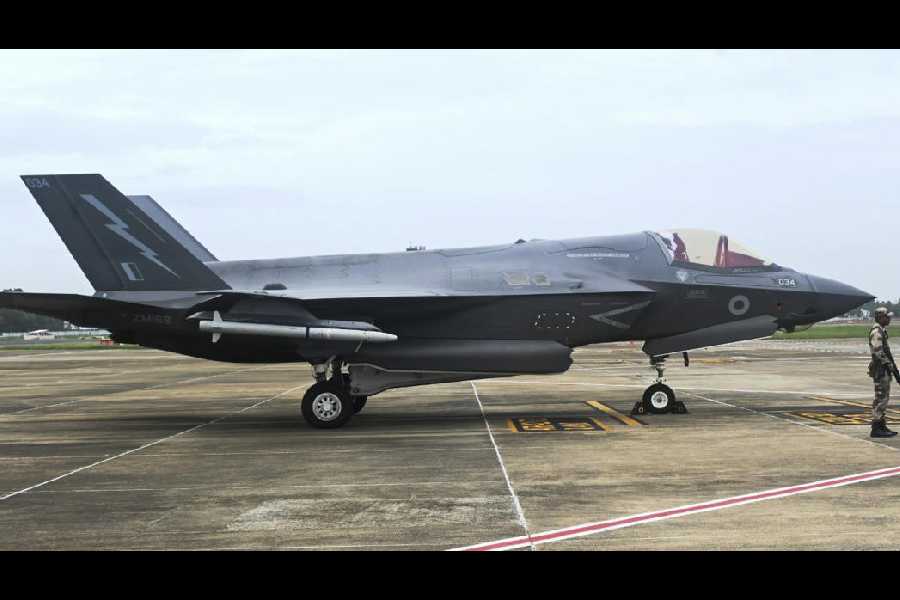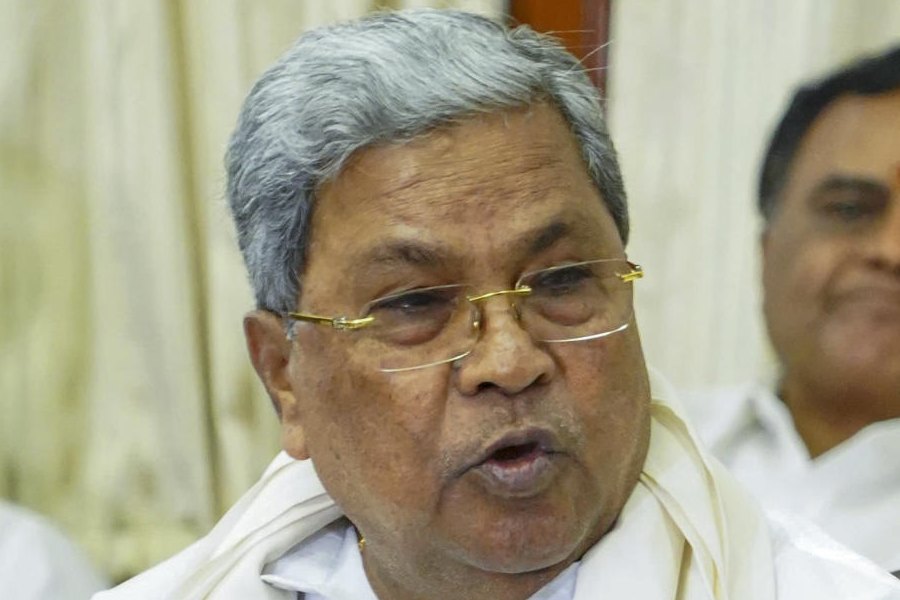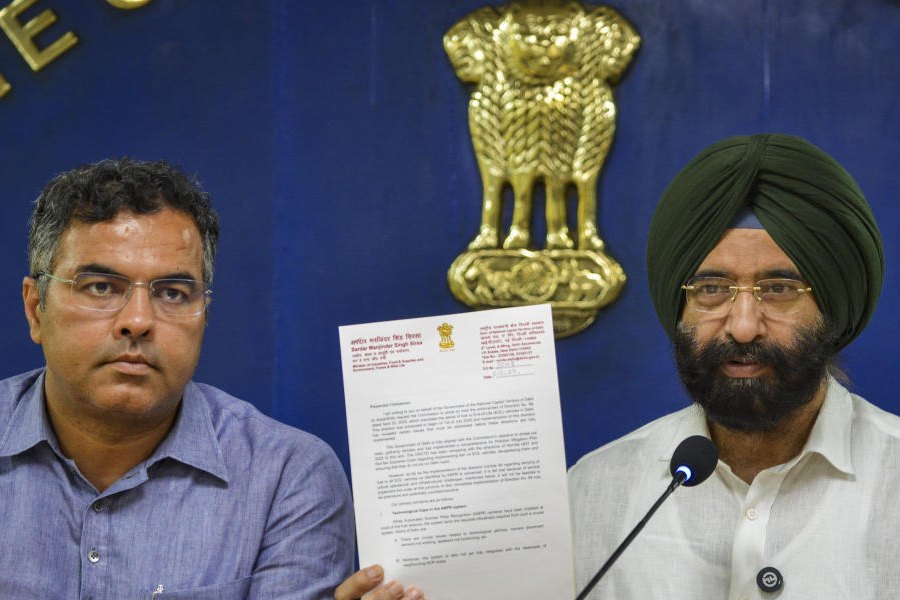 |
New Delhi, Feb. 3: Jharkhand wants an air force.
This is no flight of fancy. Across seven states, governments are uniformly worried at the growth of the Naxalite movement led by the Communist Party of India (Maoist). But it is the Jharkhand government that is grappling with this out-of-the-box idea because terrain, fear and administrative weaknesses have combined to render the police force ineffective against the better-organised rebels.
A voluminous and secret study by the Jharkhand government outlines the necessity to use air power against the Naxalites. At the same time, the study is a harsh critique of the state’s own administration.
The study concludes that use of air power has to be combined with a spate of development initiatives to beat back the militants and erase their support base. The study calls the proposed paramilitary wing the State Aviation Force or Jharkhand Air Guard (JAG).
A copy of the confidential document has been forwarded to agencies in the central security establishment.
It has worked out that creation of the air component will cost Rs 161 crore in the first phase and a grand total of Rs 339 crore after acquiring the needed assets (aircraft and hangar facilities).
The running cost of such an air force will be high. However, the study has argued that a cost-benefit analysis favours its creation.
The study draws inspiration from an analysis of tactics used by the British General Gerald Templar before 1945 in Malaysia, which exemplified the “classic use of force coupled with development of the economy and strengthening of democratic local self-government against the Chinese-backed communist insurgents”.
It says American and French tactics against the Vietnamese communists were faulty.
What shape can the JAG take?
At the core of the fighting fleet, the study has detailed, would be Dhruv Advanced Light Helicopters manufactured by the defence public sector Hindustan Aeronautics Limited (HAL).
The study was done before a Dhruv being supplied to the Jharkhand government crashed near Hyderabad in November and the consequent temporary grounding of the chopper by the armed forces.
The study recommends that the JAG should have two Dhruvs (capable of carrying 12 passengers) to start with and acquire four more in the second phase. It wants an additional two Dhruvs in the two plus six (two crew and six passengers) in the second phase. It would also have two Chetak helicopters to start with and four more in the second phase.
Apart from the helicopters, the air guard should have three Raytheon King Air B-200 aircraft and two Beech Baron B-55 (already with the state government) for casualty evacuation and VIP flights.
In the second phase of the expansion, the study has recommended the induction of one Citation X Executive Jet or a Dassault Falcon Business Jet, a Cessna 172 configured to land and take off from waterbodies (the study gives the example of the Massanjore reservoir) and Skyhawk and Robinson 44 aircraft for the flying training unit.
The primary chopper-borne forces will be handpicked fighters from the Special Task Force that has been carved out of the Jharkhand Armed Police.
The study says the uniform of JAG personnel should be “drab camouflage colour” similar to the Army Aviation Corps.
The government will seek pilots of the Indian Air Force on deputation and also hire ex-servicemen. The aircraft will have a hub in Ranchi but would operate from any of 13 the British-era airfields that have since been abandoned in the state.
The study anticipates that it will be difficult to get JAG’s flying assets a civil registration. So it suggests that like the Border Security Force (BSF) has done with its aircraft, the JAG’s air assets should seek military registration.
The JAG will be an “elite paramilitary uniformed aviation force under an act of government”, the study says.
Its main task will be reconnaissance and observation and transportation of troops because much of Jharkhand is thickly forested and hilly and ground forces run the risk of damage from landmines.
In coordination with neighbouring states, the JAG’s aircraft should also be able to operate in Bihar, Bengal, Eastern Uttar Pradesh, Orissa and Chhattisgarh.










